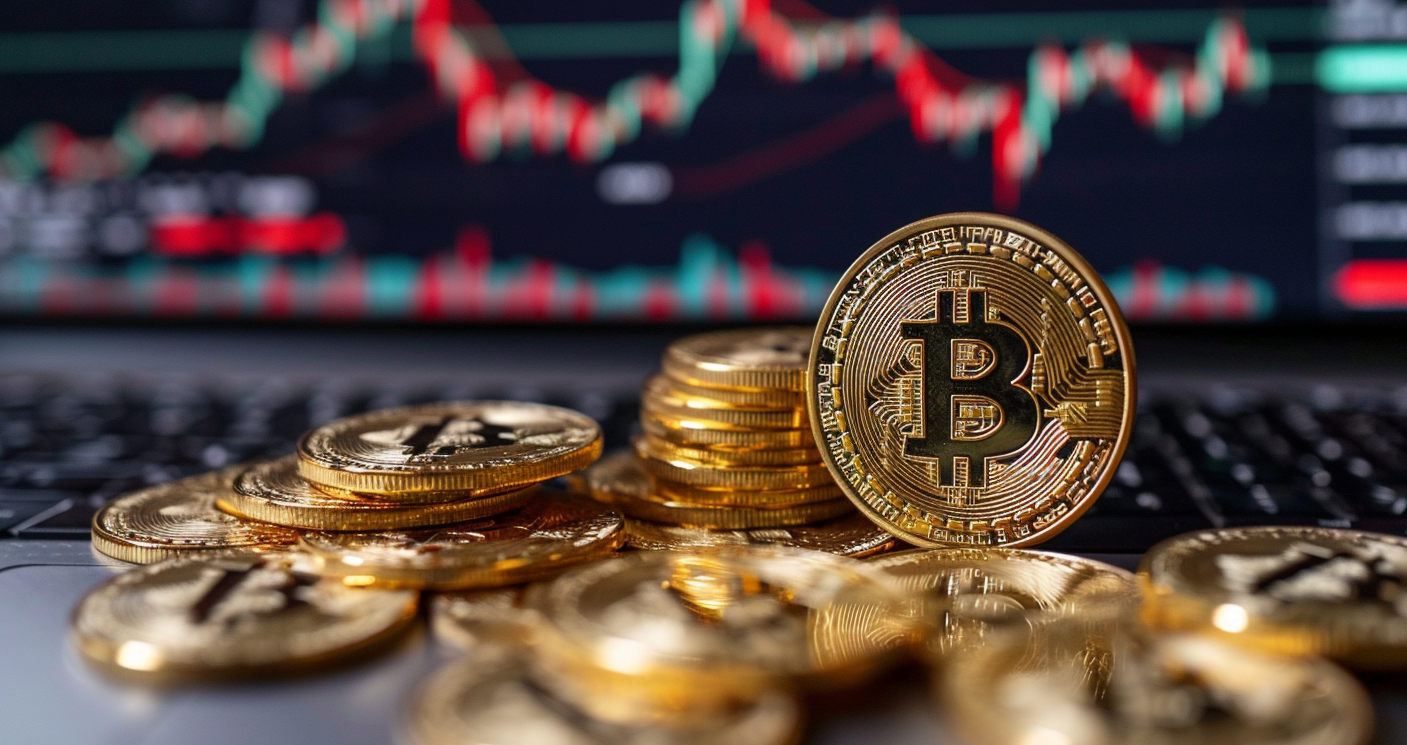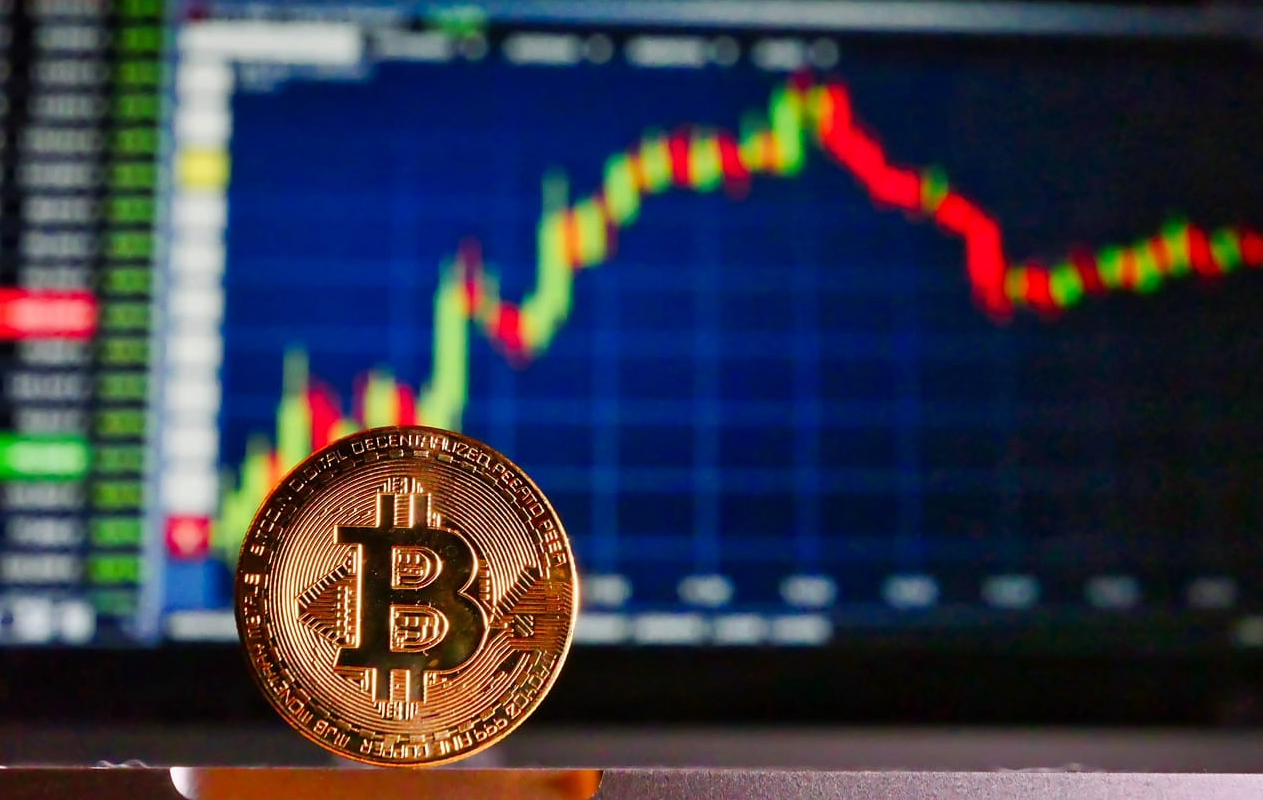Trading Bitcoin has evolved into a pillar of the world financial system. Once thought of as a speculative niche for tech-savvy aficionados, it has become popular and welcomed personally by individuals and big institutions. Trading Bitcoin in 2025 is about strategic interaction with a distributed asset class that has shown durability and utility rather than only high-risk speculation. The intricacy of the trading environment constructed around Bitcoin rises together with its market capitalization.
Mastering Bitcoin Trading Strategies
Trading Bitcoin is the act of profitably purchasing and selling Bitcoin using different financial instruments and techniques. Fundamentally, it entails profiting from
Bitcoin price volatility. While long-term investing emphasizes holding assets for lengthy periods of time, trading aims to profit from short-to-medium-term price swings.
Traders interact with Bitcoin using several techniques. Spot trading—where actual Bitcoin is purchased and sold—is the most basic. Derivatives trading—that is, futures and options—allows investors to gamble on the price of Bitcoin without necessarily holding the commodity. These tools have given the market depth and liquidity, drawing institutional investors and hedge funds.
Institutional Adoption and Tech in Bitcoin Trading
By 2025, factors influencing Bitcoin trading go beyond mere price graphs. The scene now includes geopolitical events, macroeconomic data, legislative actions, and technological innovations. Previously dubious about Bitcoin, financial giants like JPMorgan Chase have started giving customers access to crypto exchanges. Early concerns from CEO Jamie Dimon have eased to reflect a more general institutional adoption of digital assets.

Crucially, technological innovation is also. Today’s traders have access to algorithmic trading bots, real-time data feeds, and AI-powered analytics. These instruments have leveled the playing field so retail traders may take on pros. Sophisticated interfaces and deep liquidity provided by platforms like Kraken and Bitstamp help to execute complex trading ideas effectively.
Techniques and Strategies for Bitcoin Trading
In 2025, successful
Bitcoin Traders Typically combine technical and fundamental studies. Ideal entry and exit positions are found using price charts, candlestick patterns, momentum indicators, and the Relative Strength Index (RSI). Concurrent with this knowledge of blockchain trends, mining activity, and network hash rates can help one grasp the fundamental strength of the Bitcoin network. Dollar-cost averaging (DCA) is one of the most used techniques. Under this strategy, one regularly invests a set amount in Bitcoin, reducing the impact of volatility.
Another well-liked approach, swing trading, seeks to profit from market swings over days or weeks by focusing on medium-term price fluctuations. Many traders also use hedging strategies in reaction to Bitcoin’s volatility. Among these are limited downside risk via options or shorting Bitcoin. Driven by machine learning, automated trading systems—which can monitor market circumstances and run trades around the clock without emotional intervention—have become rather popular.
Bitcoin traders in 2025 will have strong and feature-rich instruments at hand. Renowned for security and a clear pricing structure, Kraken is still a top-tier platform for spot and margin trading. Among the first exchanges, Bitstamp keeps offering a consistent gateway for trading Bitcoin against the main fiat currencies.
By including synthetic assets, leveraged tokens, and futures contracts, newly developing platforms like Toobit are reinventing the trading experience. Meanwhile, hardware wallets like Bitkey, created by Jack Dorsey’s Block, Inc., give consumers safe, self-custodial storage options. These wallets enable traders to have total control over their private keys, therefore lowering the danger of hackers connected with internet exchanges.
Evolving Regulations Legitimizing Bitcoin Trading
The legal scene around Bitcoin trading has changed to favor structure and clarity. Recognizing the validity of cryptocurrencies, governments and financial authorities are building systems that foster innovation while shielding investors. The SEC has shifted in the United States toward more precise definitions of what exactly qualifies as a security, enabling exchanges to offer items connected to Bitcoin with more assurance.
 This regulatory maturity has pushed more conventional financial institutions into the market. The market has been further legitimized by the acceptance of Bitcoin ETFs and the inclusion of cryptocurrencies into banking systems, opening both retail and institutional investors’ access to it.
This regulatory maturity has pushed more conventional financial institutions into the market. The market has been further legitimized by the acceptance of Bitcoin ETFs and the inclusion of cryptocurrencies into banking systems, opening both retail and institutional investors’ access to it.
Global Adoption and Future Bitcoin Trends
Bitcoin trading is expected to benefit from increased global adoption, particularly in regions grappling with inflation or currency instability. In countries like Argentina, Turkey, and Nigeria, Bitcoin has become a practical store of value. This grassroots demand continues to drive trading volumes and liquidity. Price forecasts for Bitcoin remain bullish, with some analysts suggesting that the asset could reach new heights in the coming year. These predictions, while speculative, are grounded in trends such as decreasing Bitcoin issuance due to halving events, growing scarcity, and expanding institutional interest. Integrating Bitcoin into payment systems, tokenizing real-world assets, and developing second-layer solutions like the Lightning Network are also poised to influence trading patterns by enhancing transaction efficiency and reducing costs.
Final thoughts
Trading Bitcoin in 2025 is a multifarious activity combining macroeconomic analysis, modern technologies, and traditional finance with aspects of Success in this market calls for both constant learning and risk management as well as a strategic approach regardless of your experience level as a trader. Bitcoin trading can be a profitable part of a diversified investing plan with the correct instruments, knowledge, and discipline. Maintaining knowledge about technical developments, legislative changes, and market mood is absolutely vital as the scene changes. Flexible and creative people will be most suited to succeed in the quick-paced realm of Bitcoin trading.
 This regulatory maturity has pushed more conventional financial institutions into the market. The market has been further legitimized by the acceptance of Bitcoin ETFs and the inclusion of cryptocurrencies into banking systems, opening both retail and institutional investors’ access to it.
This regulatory maturity has pushed more conventional financial institutions into the market. The market has been further legitimized by the acceptance of Bitcoin ETFs and the inclusion of cryptocurrencies into banking systems, opening both retail and institutional investors’ access to it.

 Crucially, technological innovation is also. Today’s traders have access to algorithmic trading bots, real-time data feeds, and AI-powered analytics. These instruments have leveled the playing field so retail traders may take on pros. Sophisticated interfaces and deep liquidity provided by platforms like Kraken and Bitstamp help to execute complex trading ideas effectively.
Crucially, technological innovation is also. Today’s traders have access to algorithmic trading bots, real-time data feeds, and AI-powered analytics. These instruments have leveled the playing field so retail traders may take on pros. Sophisticated interfaces and deep liquidity provided by platforms like Kraken and Bitstamp help to execute complex trading ideas effectively.




